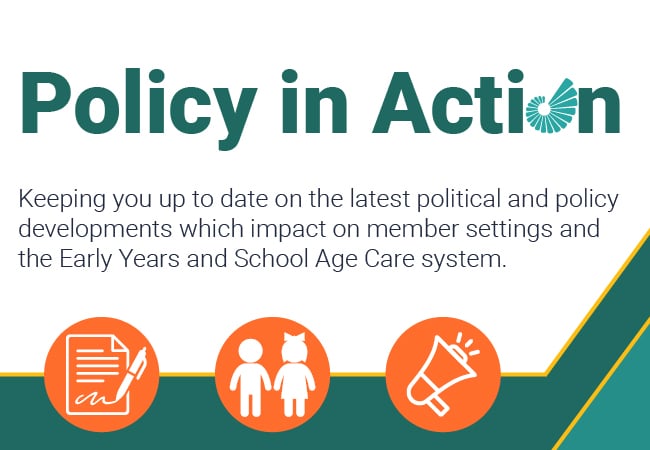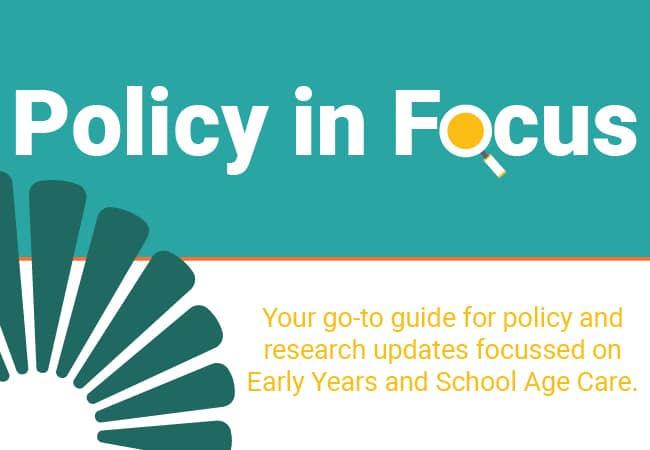We’re going on a bug hunt!

Children are naturally curious about the world and are natural born explorers.
Outside there is an abundance of insect life to discover under rocks, and logs and in ponds.
The spring sunshine encourages all sorts of new life including insects, so make the most of it and go on a bug hunt!
-
Children can be absolutely fascinated by insect life and as adults it is important that we make sure they are as comfortable as possible in their explorations. We should be careful not to pass on any dislikes, aversions or even phobias that we may have in relation to certain insects.
-
Discuss the different types of insects the children might find, and provide magnifying glasses for closer inspection.
-
Make insect friendly jars to keep them in – a jar or container with air holes in the lid. Encourage the early and safe release of all captives!
-
Use a camera or drawings to record what children find.Put the insects on a clean piece of paper if they want to look more closely at them. How many legs do they have? What colours are they? Do they have any patterns on them? What do their faces look like? How do they defend themselves?
-
Construct a ‘bug hunt page’ with pictures of insects they might find.
-
Use reference books to look up pictures and learn names of all the different insects and their life cycles.
Insects to look for:
|
spiders worms slugs dragonflies |
woodlice ants flies beetles |
bees wasps butterflies midges |
snails caterpillars ladybirds centipedes |
Suggestions for mini beast enthusiasts!
-
Keep a book of pictures of insects in their different stages – ie use photo’s and drawings to observe and record changes
-
Keep a tally of the number of different insects they find
-
Capture a spider web in the morning with dew on it onto black paper, and then shake flour/talc over it to make a lovely spider web picture (only once so as not to disturb the spider too much!)
-
Water the lawn and watch the worms appear!
-
Observe tadpoles in their natural habitat and watch try and identify the different stages of their development, as they grow legs and their tail eventually drops off!
-
Read the ‘Life Cycle’ books on insects and discuss with the children. See what ideas emerge.
Environment tips and equipment to inspire bug explorers!
|
An area left to grow naturally Old rotten logs,rocks or a container left out to gather Magnifying glasses Gathering jars or clear plastic containers Pencils and clipboards Camera and notebooks for observing changes Reference books books/posters made by children and staff |
Child-sized spades,trowels,scoopers, sieves, colanders, Butterfly or insect nets Fish tank or large container to house bugs A wormery bug houses binoculars watering cans |
Preparing for a Butterfly Garden!
Now is the time to start planting a jumbled selection of insect-attracting flowers, both annuals and perennials, so that your garden will be full of butterflies in summer!
Don’t forget food plants for the caterpillar life stage, like ones from the parsley family.
Read ‘The Very Hungry Caterpillar’.
|
The following plants are attractive to insects and butterflies:
|
|||
|
|
Butterfly bush (Buddleia) Sedum Alyssum Cabbage Calendula Dianthus |
Myosotis Solidago Aster Ceanothus Lavender (Lavandula) |
|
From caterpillar to butterfly :
-
Cut a branch with a Monarch caterpillar on it (easy to identify with the internet) and put it in a screened box.
-
Supply fresh milkweed leaves until the caterpillar forms a beautiful, hanging chrysalis — likely in less than a week.
-
Nine to 14 days later an adult butterfly will emerge from the now-transparent chrysalis.
-
Be sure there is room for its wings to fully open so they will not be deformed, and release the adult butterfly within a few hours.











